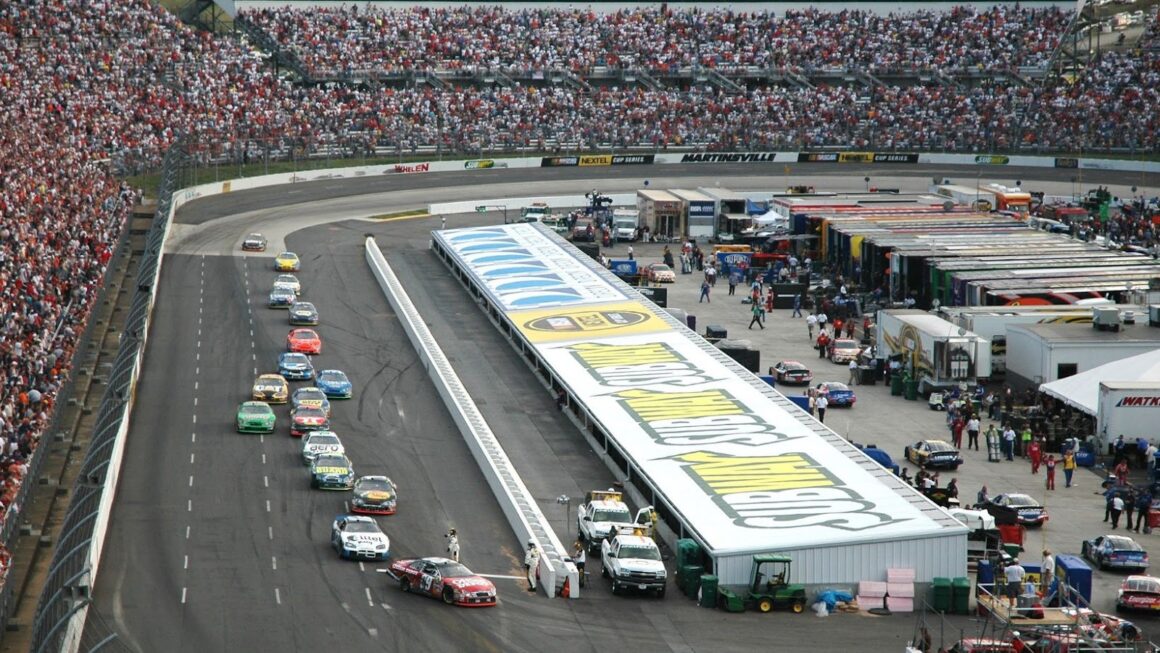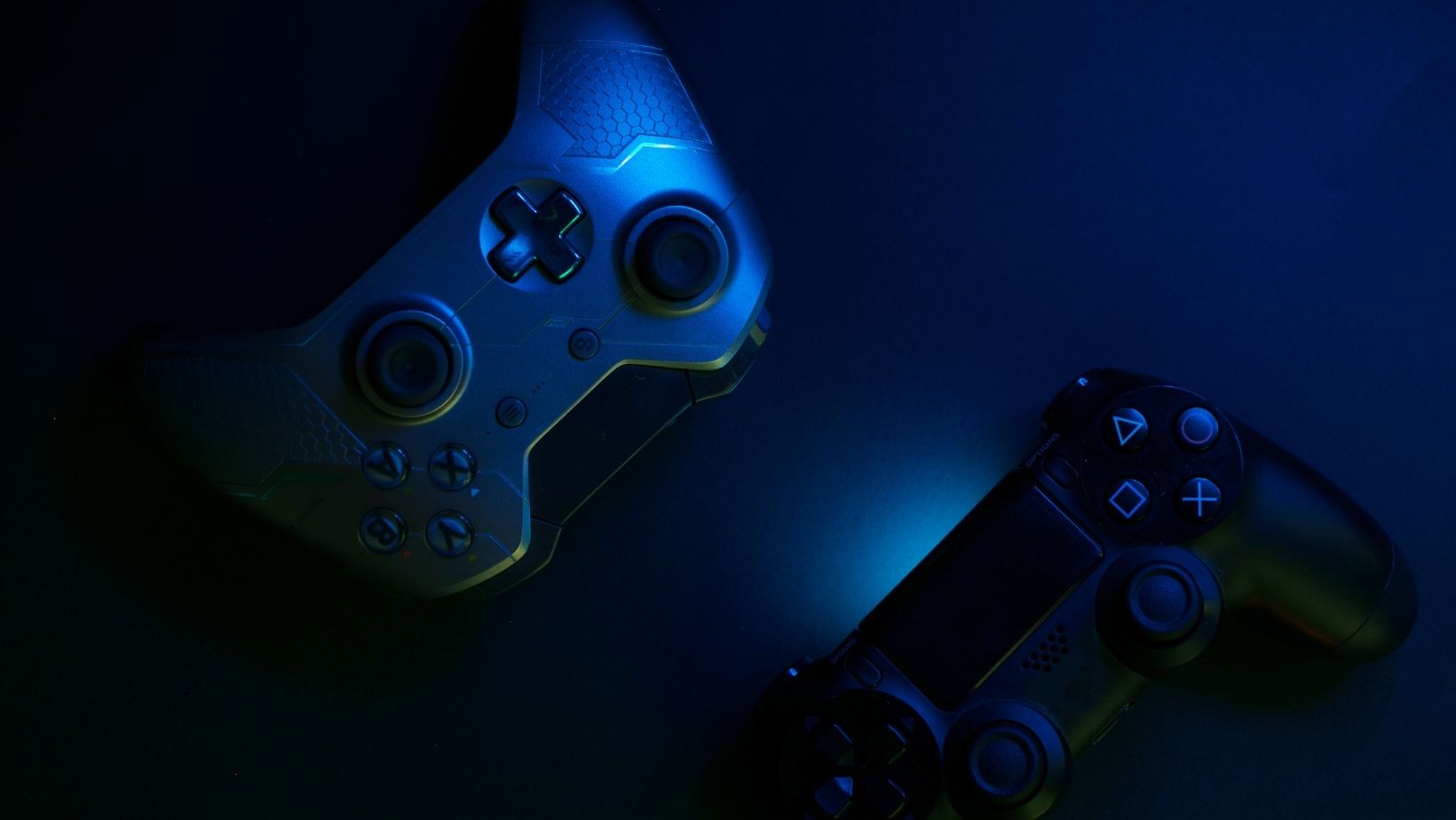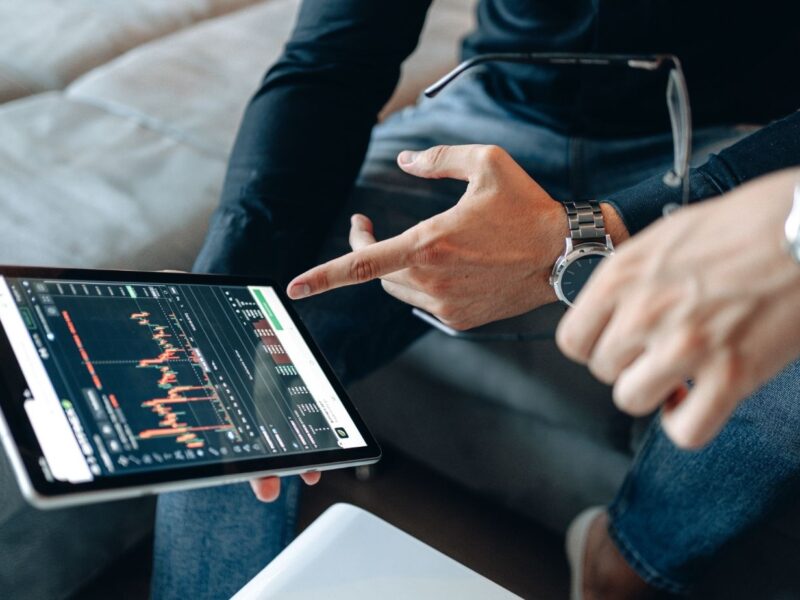Table of Contents
The last decade has seen drastic NASCAR changes, improving the vehicles, management, fan experience, and more in-depth NASCAR picks. The sport saw multiple engine shifts; new body designs to complex navigation and communication systems.
As the sport evolves, teams and drivers always look for fresh ways to gain an advantage. So, what are the most significant changes in NASCAR in the last few years?
Pit Lane Cameras
Previously, NASCAR would place an official in each stall to observe the car and crew as they approached. With the introduction of pit-lane cameras, the infraction rate climbed considerably. Officials now spot them with more ease.
Microsoft took advantage of the camera technology and included it in its Race Management software. This integration makes it simpler to detect and report pit lane violations.
Speedy data availability provides better knowledge of what’s happening in the rally car and the course. Hence, it may help improve driver security.
Microsoft’s Race Management App
Microsoft’s software brings real-time data from six screens into one app. It uses transponders to track each car on the racetrack.
The software gives officials and teams a more detailed perspective of what is happening during the race. It collects various video feeds from around the track and allows teams to share live screen grabs of happenings in real time.
Officials can assess calls and provide live data to the pit box through the app’s digitized video feeds. The software facilitates faster and more confident call-making.
Virtual Reality and 360-Degree Videos
Changes like these provide fans with a more immersive and interactive experience. Fans can get closer and more intimate with their favorite racers and look closely at the cars and tracks using VR.
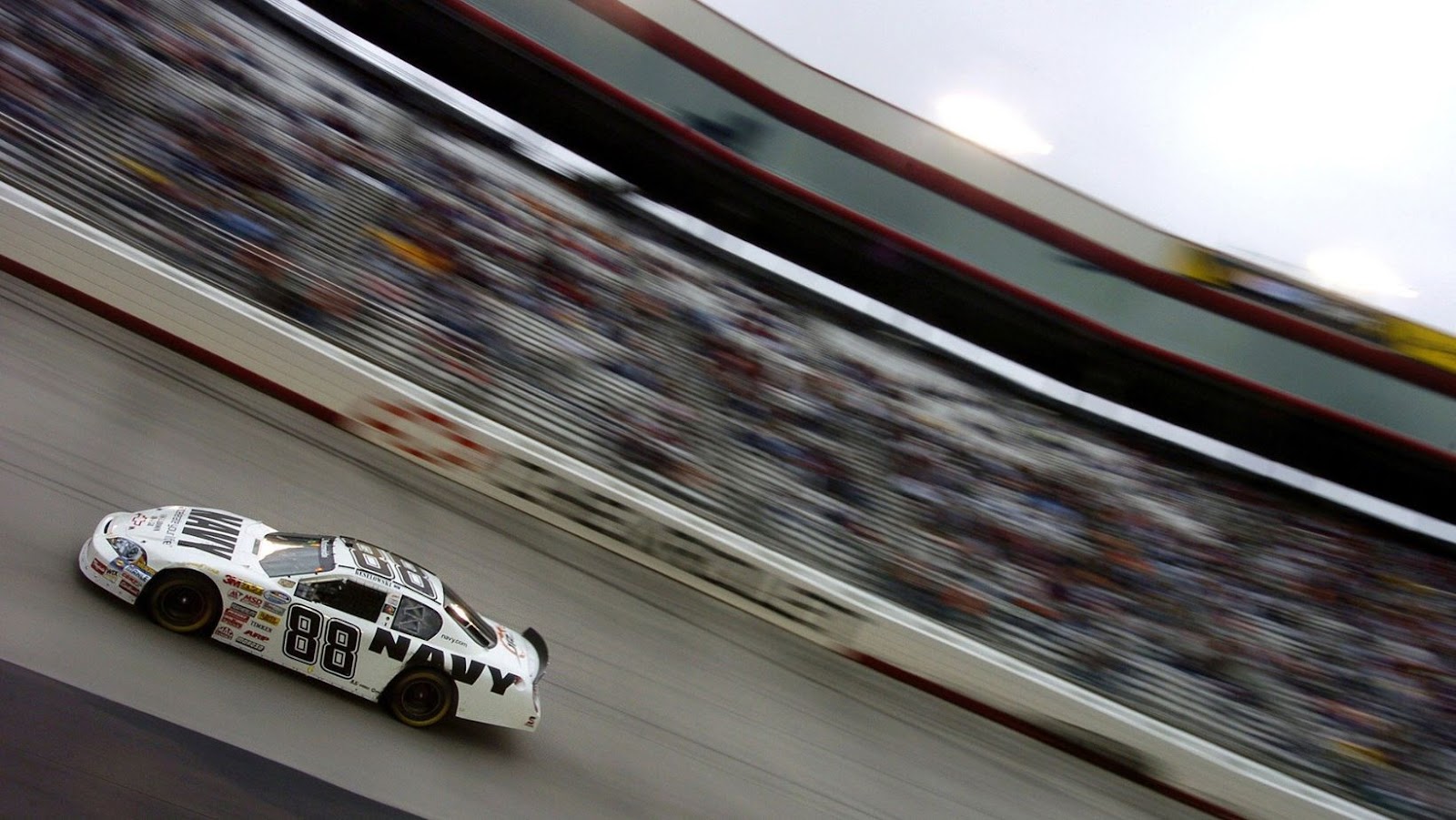
Supporters can enjoy an all-around perspective of the race from the driver’s seat via 360-degree footage, giving them a whole picture of the action. Also, VR helps produce simulated races, allowing people to experience the thrill of riding without being present on the circuit.
Not only are these leaps attracting a new fanbase, but they are also making things more entertaining to longtime devotees. As technology advances, these immersive experiences become progressively more realistic, offering fans even more interactive encounters.
Augmented Reality
AR is a terrific way to get fans to acquire the NASCAR app. Users can place racing helmets and Goodyear race tires on drivers to post on social sites. This way, the tech helps boost follower engagement and content sharing.
AR enables NASCAR to bring the sport to life for fans in unprecedented ways. It allows spectators to interact with the sport live and feel the thrill of a race from the comfort of their homes.
AR could help explore cars, tracks, and drivers in novel ways. NASCAR hopes to exploit this tech for other grander uses to boost viewer experiences.
Shock Technology
Shock tech is crucial in determining a vehicle’s suspension system’s performance and providing better traction, handling, and control. This technology assists in keeping a car’s tires in touch with the track during cornering.
The technology helps modify the suspension stiffness, allowing the car to respond differently to different surface changes. The car can keep a steady performance level on the course by altering the stiffness.
The aim is to get as closest to the ground as possible without compromising the splitter. Several measures, like bump stops, can help with this. Bump stops keep the shock from totally squeezing and dragging the automobile’s front.
Complex Fluid Dynamic Models
Teams can evaluate the car’s aerodynamics and how it interacts with the track surface by modeling the airflow around the car. Simulating helps them to get insights into the optimum car design, the finest racing lines, and the best car configuration.
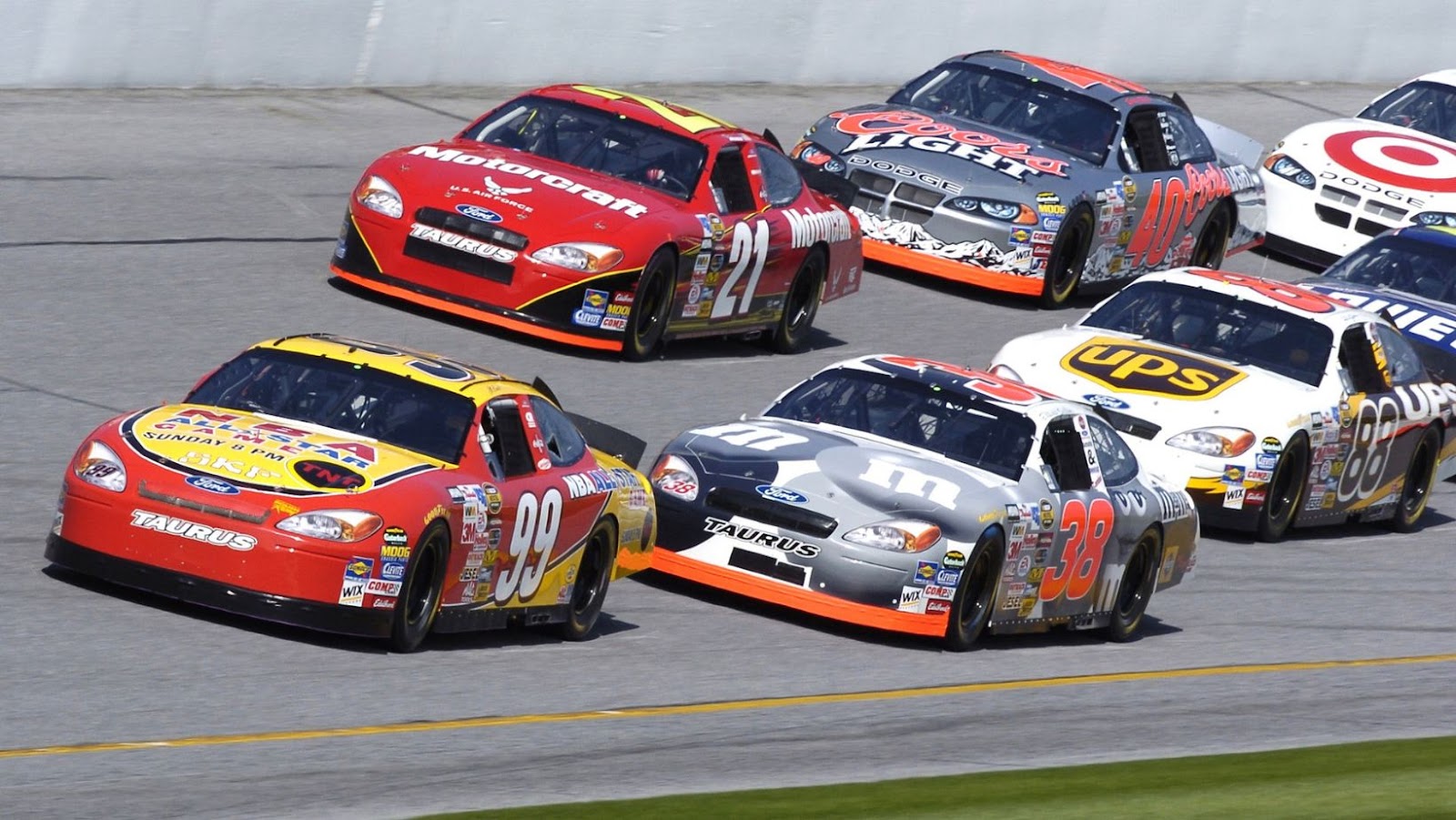
Also, CFD simulations can help study the influence of track alterations on the car’s performance and predict potential difficulties with the car’s aerodynamics. As a result, teams can make real-time alterations to the car’s setup, allowing them to win races.
Conclusion
NASCAR is continually evolving due to the introduction of cutting-edge technology. The sport is more interactive, immersive, and dynamic than ever, thanks to pit lane cameras, shock technology, and augmented reality.
The ever-changing technology not only helps teams and drivers gain an advantage over their opponents, but it also improves audience engagement. It’s safe to say that NASCAR will benefit much as technology advances.

